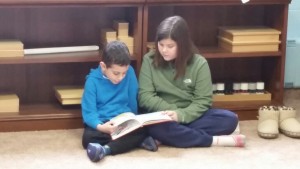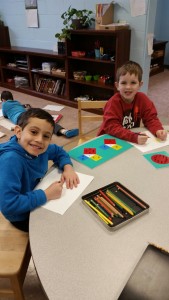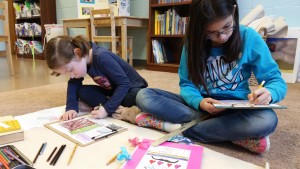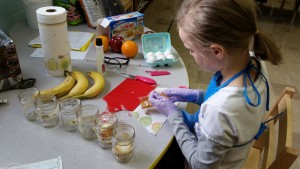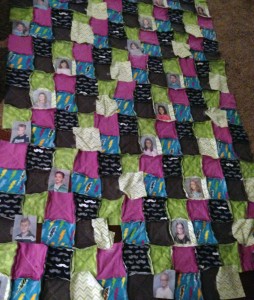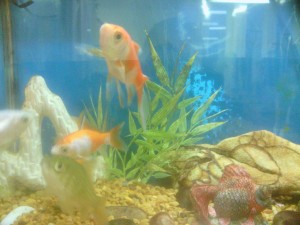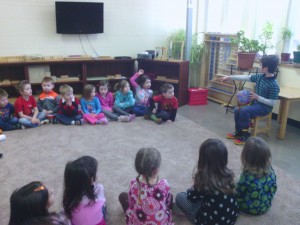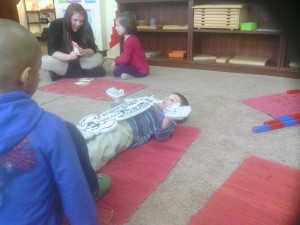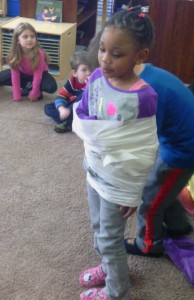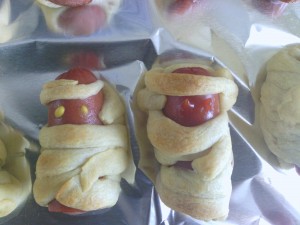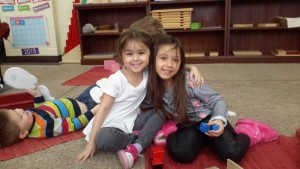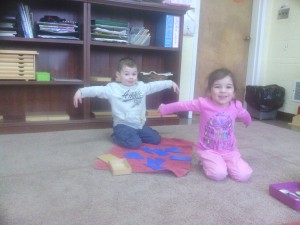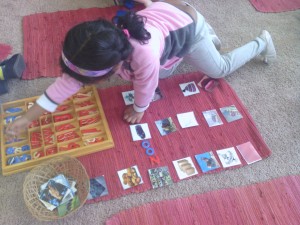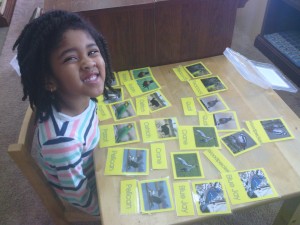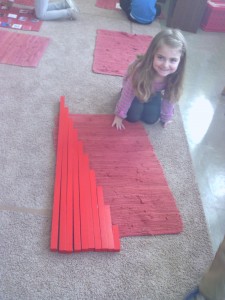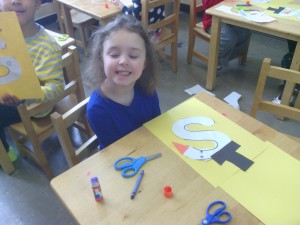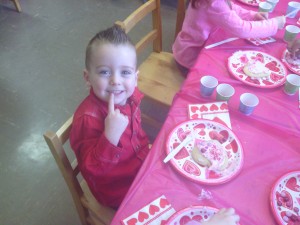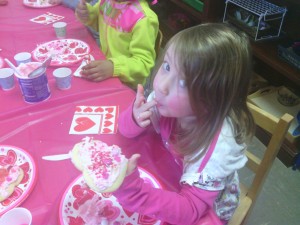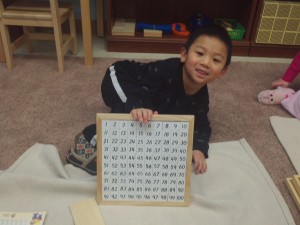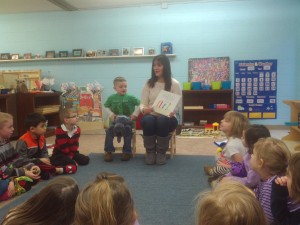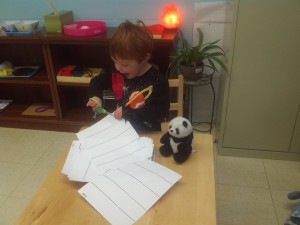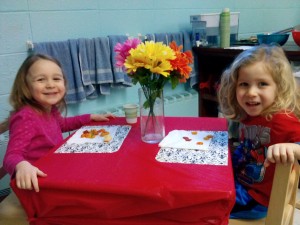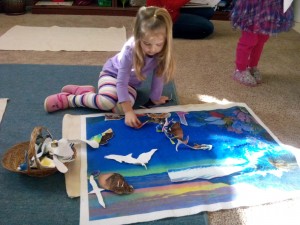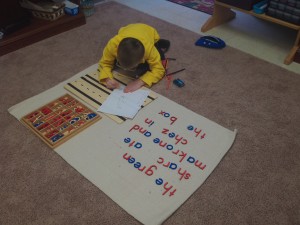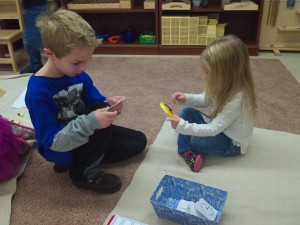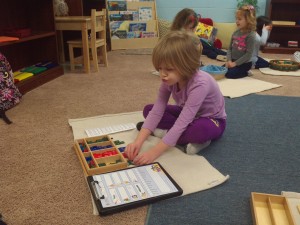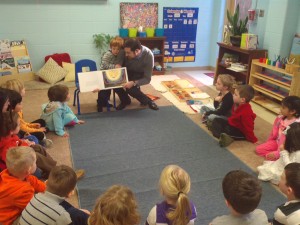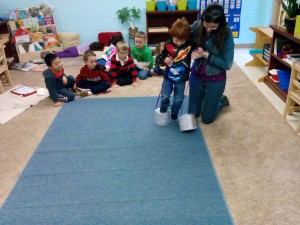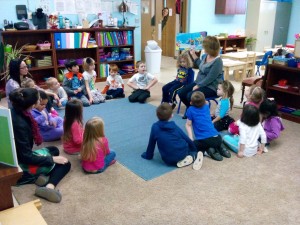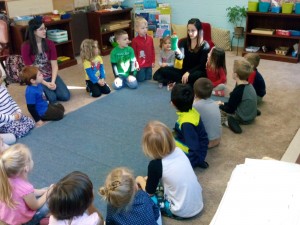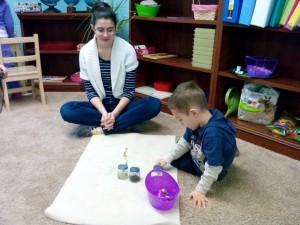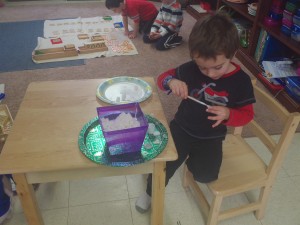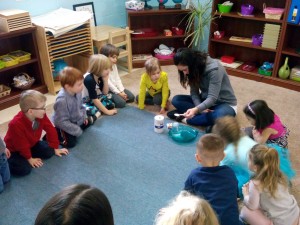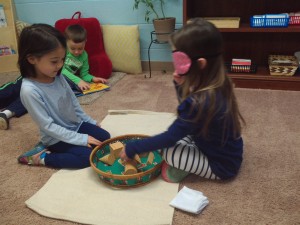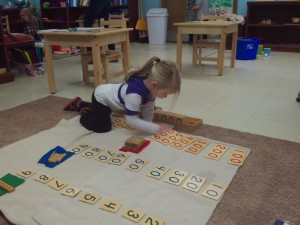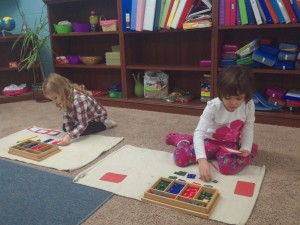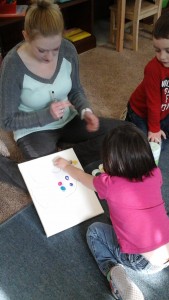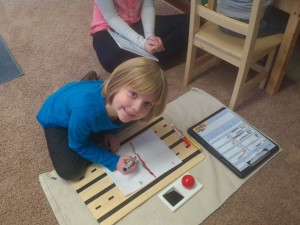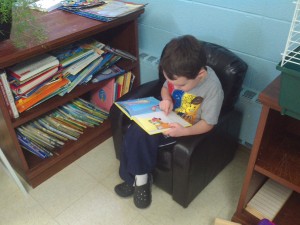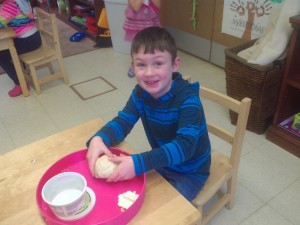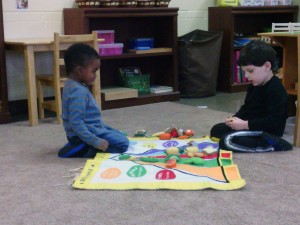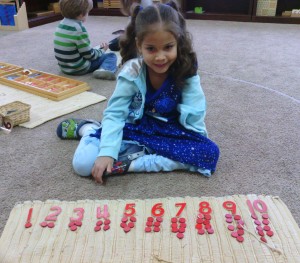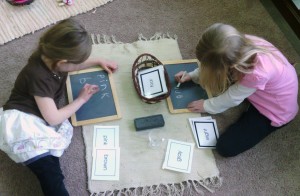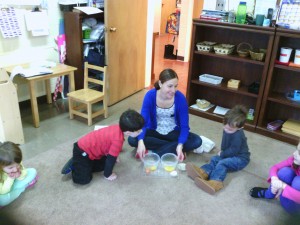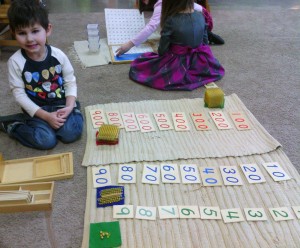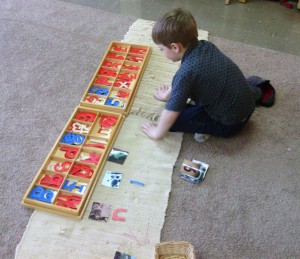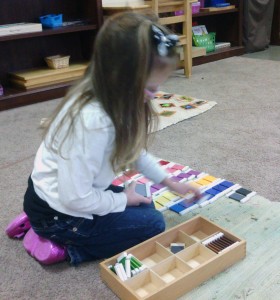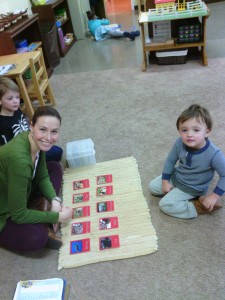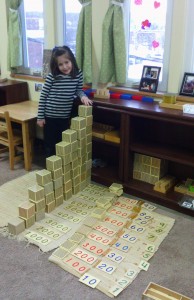Classroom
The first week in February we had a blast talking about all the different types of farm animals and what each farm animal provides for us. We talked about where milk comes from and what else we can get from farms like fruits, vegetables and grains.
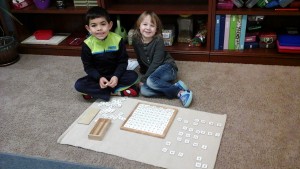
The second week of February the children learned about all the different types of pets and how to care for them. To wrap the week up the children made Valentine’s Day picture frames for their moms and dads out of popsicle sticks and puzzle pieces and had a fantastic Valentine’s Day party. I would like to thank all of the parents who made the party possible! It was very successful.
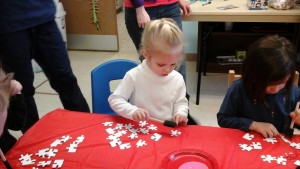
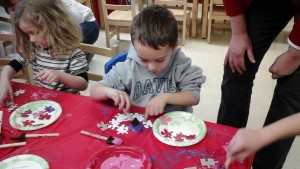
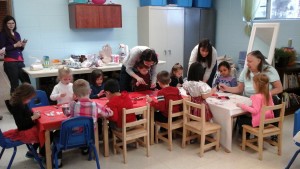
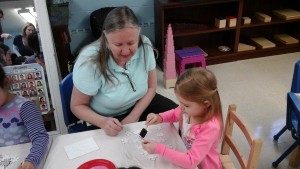
The third week of February the children learned how Washington was a great man, the father of our country, who led in war and peace. They discovered that Abraham Lincoln was also known as “Honest Abe”. They also talked about what they think life is like for the Obama family in the White House.
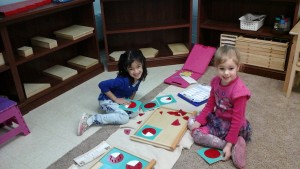
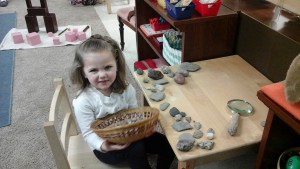
The last week of February we did a sorting activity with different pictures of foods with a dental hygienist. She explained that our teeth get sad and full of tooth decay from sweets and soda and get happy, shiny and bright from brushing and eating healthy foods. We talked about cavities and cut a hole in an apple to show us how a little hole in your teeth can get pretty yucky inside. The children also took turns brushing a stained egg with real toothpaste and it turned white again.
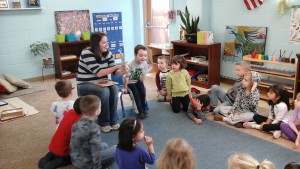
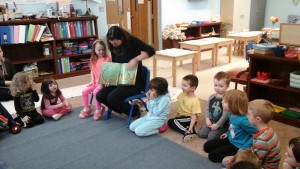
Kindergarten
We started out the month continuing with multiplication using the golden beads. The introduction of beads shows the kindergarteners a solid correspondence between the written symbol and physical quantity. We also discussed what tools could be used in the classroom to help with multiplication, such as the stamp game, multiplication bead board and dot board. We even talked about dynamic multiplication with exchanges (carry overs). We introduced fractions. We learned that we can divide anything as long as it can be divided into equal parts. Even our kindergarten class can be divided! We then learned about different shapes. We knew that a triangle has three sides but we learned that a triangle with three equal sides is called an equilateral triangle, with two equal sides is an isosceles, and with no equal sides it is called a scalene triangle. Any shape with four sides is a quadrilateral. Some examples include a square, rectangle, rhombus, trapezoid, and a chevron. We learned all about agons like pentagon, hexagon, heptagon, octagon, nonagon, and decagon.
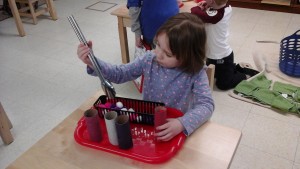
Science
For the first week in February in science we took three raw eggs and placed them into different liquids (vinegar, water, and milk) we left the eggs in the liquid for a couple of hours to see the different effects the substances had on the eggs.
The second week of February Ms. Stacey did a science experiment with the students called dancing conversation hearts. She took 4 alka seltzer tabs and crushed them up and placed them in the bottom of a glass, then she took a few conversation hearts and placed them on top of crushed alka seltzer. After that she poured 1 cup of sparkling water over the hearts and we sat back and watched them dance. The students discovered that carbon dioxide was forming and pulling the hearts to the surface then the bubbles would burst and the hearts would fall until the bubbles formed again to pull them back to the top again.
The last week of February we inflated balloons using vinegar and baking soda and the children learned when you mix the two together it creates carbon dioxide and the gas rises up and escapes the bottle feeling the balloon.
Art (By Ms. Faith)
In art class this month, Ms. Michele had three great projects for the students. The first project was dealing with fears and what makes us afraid. The students drew what they were afraid of on a piece of black construction paper using oil pastels. After they drew what they were afraid of, Ms. Michele had the class draw themselves bigger on a separate piece of paper to show that they are bigger than their fears. She used this project to teach the students about how artists use the foreground, middle ground, and background in their drawings and paintings.
The next week, the students learned what a mosaic is, an image made up of smaller pieces of glass or other objects. Ms. Michele used cardstock for the base of the mosaic and brought in many colors of foam squares. The students could create any image they wanted using the small squares of foam to fill up the piece of cardstock.
For the last project, the students got to illustrate their own book. Ms. Michele showed the students images of large art works, such as paintings that take up a whole side of a building or a large sculpture of a stuffed animal bunny. The students were given these inspirations to create a book about giant things. First, they had to draw pictures and then the teachers walked around and wrote on the pages what was going on in the illustrations.
Music (Ms. Faith)
In the month of February, Ms. Lisa brought some review activities and some new activities for the students. To review, students had to choose when they wanted to sing in a loud or quiet voice and had to recall the musical terms forte or piano. Other musical terms the students got a review on are: adagio, allegro, and andante. These all refer to the tempo of a song; slow, fast, and a medium pace. Ms. Lisa brought in her electric keyboard and played songs from Peter and the Wolf for the students to remember which song was for which character. We were amazed at how well the students could pick up after not hearing the story for a month!
The students got to participate in two new activities in music class yet. We played a game called Cat and Mouse. The students were all mice and the teacher got to be the cat. When Ms. Lisa played a song on her keyboard with high notes, the “mice” had to come out of their hole and play. When Ms. Lisa played the same song using low notes, the “cat” could then chase the “mice” and try to tag them. If a student was tagged, he or she would then become a “cat” as well. The students enjoyed this game and wanted to keep playing. Another new activity using Ms. Lisa’s keyboard, was to identify different sounds. Her keyboard has a built in synthesizer and can make many different sounds. The sounds the students had to identify were: birds, a telephone, a helicopter, and an audience clapping. The students loved making guesses for what the noises were!

